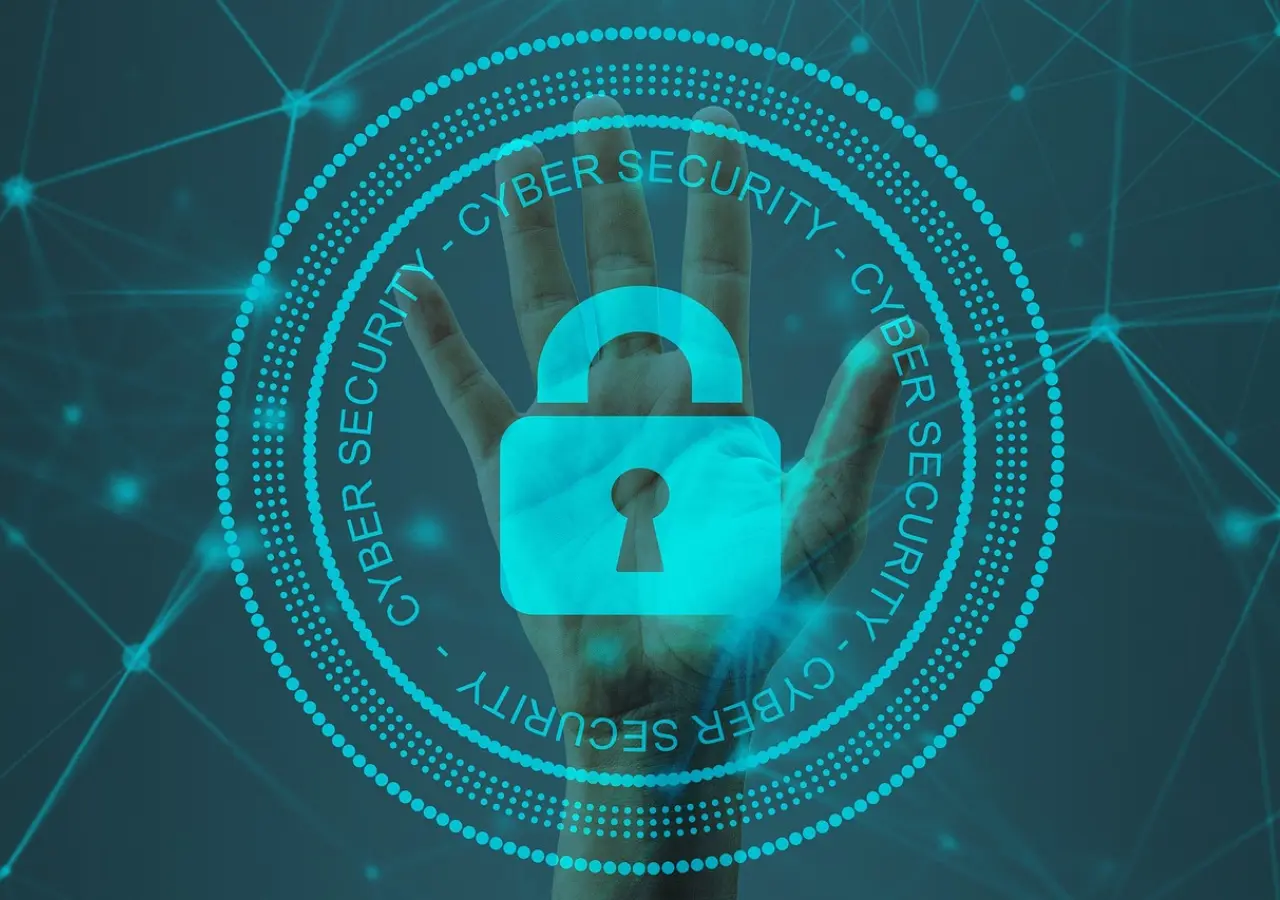In the fast-evolving landscape of cybersecurity, protecting your digital assets has never been more crucial. As cyber threats become increasingly sophisticated, more than traditional security measures are needed. This is where Intrusion Prevention Systems (IPS) come into play. An IPS is vital in a multi-layered security strategy, offering proactive defenses against cyber threats. Integrating an IPS into your cybersecurity infrastructure can significantly bolster your defenses and reduce the risk of cyber incidents. With cyberattacks on the rise, understanding the role and functionality of an IPS has become essential for any organization aiming to safeguard its data and systems.
Function and Importance of IPS
An IPS is designed to detect and prevent potentially harmful activities within a network. Unlike Intrusion Detection Systems (IDS), which merely alert administrators of suspicious activities, an IPS takes immediate action by blocking or mitigating threats in real-time. This proactive approach is essential for minimizing the risk of data breaches, malware infections, and other cyber incidents that can compromise the integrity, availability, and confidentiality of sensitive information. In a world where a single successful cyberattack can lead to significant financial and reputational damage, the importance of IPS cannot be overstated. An IPS operates as a shield that blocks incoming threats and as a sentinel that monitors traffic to spot and neutralize threats before they can cause damage. This dual role of detection and prevention makes the IPS an indispensable tool in the cybersecurity arsenal.
How IPS Works
An Intrusion Prevention System continuously monitors network traffic for signs of malicious behavior. It employs various techniques, such as signature-based detection, anomaly-based detection, and policy-based detection, to identify threats. When suspicious activity is detected, the IPS can take several actions, including:
- Malicious packets are dropped before they reach their intended target, thus preventing potential harm. This ensures that any harmful data is discarded before it can impact the system.
- Closing access ports to prevent further intrusion attempts effectively seals off vulnerable points. This action helps block attackers’ entry points, making it difficult for them to exploit the network.
- They send alerts to security administrators for further investigation, enabling a timely response to potential threats. This ensures that human oversight is integrated, allowing experts to analyze and respond to complex or new threats.
These measures ensure that threats are neutralized swiftly, reducing the likelihood of a successful cyber attack. Additionally, many IPS solutions integrate advanced technologies like machine learning and artificial intelligence to adapt to new and emerging threats, providing an adaptive and robust defense mechanism. By analyzing patterns and behaviors, these advanced systems can predict and prevent attacks before they occur, making them a proactive solution in the fight against cybercrime.
Integrating IPS with Other Security Measures
An IPS should be integrated with other security measures such as firewalls, antivirus software, and endpoint protection for optimal protection. This multi-layered defense strategy ensures comprehensive coverage against a wide range of threats. Firewalls can block unauthorized access, while antivirus software can detect and remove malware. Meanwhile, the IPS adds an extra layer of security by preventing threats that may have bypassed initial defenses. This comprehensive approach significantly enhances the overall security posture of an organization. By ensuring that security measures work together, organizations can create a more cohesive and resilient defense strategy capable of withstanding sophisticated cyber threats. For instance, while a firewall can prevent unauthorized access from outside the network, an IPS can monitor and stop suspicious activities within the network, ensuring a 360-degree approach to cybersecurity.
Best Practices for Implementing an IPS
Implementing an IPS requires careful planning and consideration. Here are some best practices to ensure its effectiveness:
- Conduct a thorough risk assessment to identify critical assets and vulnerabilities. Understanding what assets need protection and where vulnerabilities lie is crucial for configuring your IPS effectively.
- Choose an IPS solution that is compatible with your existing security infrastructure. Integrating existing tools ensures a seamless and efficient security environment, maximizing the IPS’s effectiveness.
- Update IPS signatures and policies regularly to stay ahead of emerging threats. Threat landscapes constantly evolve, and regular updates ensure your IPS can handle the latest threats. Staying updated helps maintain relevance and effectiveness against new types of cyber attacks.
- Monitor IPS alerts and logs to identify patterns and fine-tune detection capabilities. Continuous monitoring helps understand recurring threats and improve IPS configurations for better defense. This proactive monitoring allows for real-time adjustments and enhancements, ensuring optimal performance.
- Regular training sessions should be conducted to update security staff on the latest threats and IPS functionalities. Well-informed staff can more effectively use IPS tools and respond promptly to alerts. Training boosts the overall effectiveness of your cybersecurity measures by ensuring that your team is well-equipped to handle any situation.
By following these best practices, organizations can maximize the benefits of their IPS and fortify their defenses against cyber threats. A proactive approach to managing and maintaining IPS ensures that it remains a practical component of the cybersecurity arsenal. Keeping a close eye on global cybersecurity trends and continuously educating the team about new threats will make your IPS implementation more dynamic and resilient.
Conclusion
In conclusion, an Intrusion Prevention System is crucial in modern cybersecurity. By proactively detecting and preventing threats, an IPS adds a critical layer of defense that complements other security measures. Understanding how IPS works and implementing best practices for its deployment can significantly enhance the security posture of any organization. As cyber threats continue to evolve, the importance of a robust IPS will only grow, making it an indispensable asset in the fight against cybercrime. By integrating IPS into a comprehensive cybersecurity strategy, organizations can better protect their digital assets and ensure the continuity and reliability of their operations. Investing in IPS technology and its proper implementation and maintenance can provide a significant return on investment by preventing costly and damaging cyber incidents.

